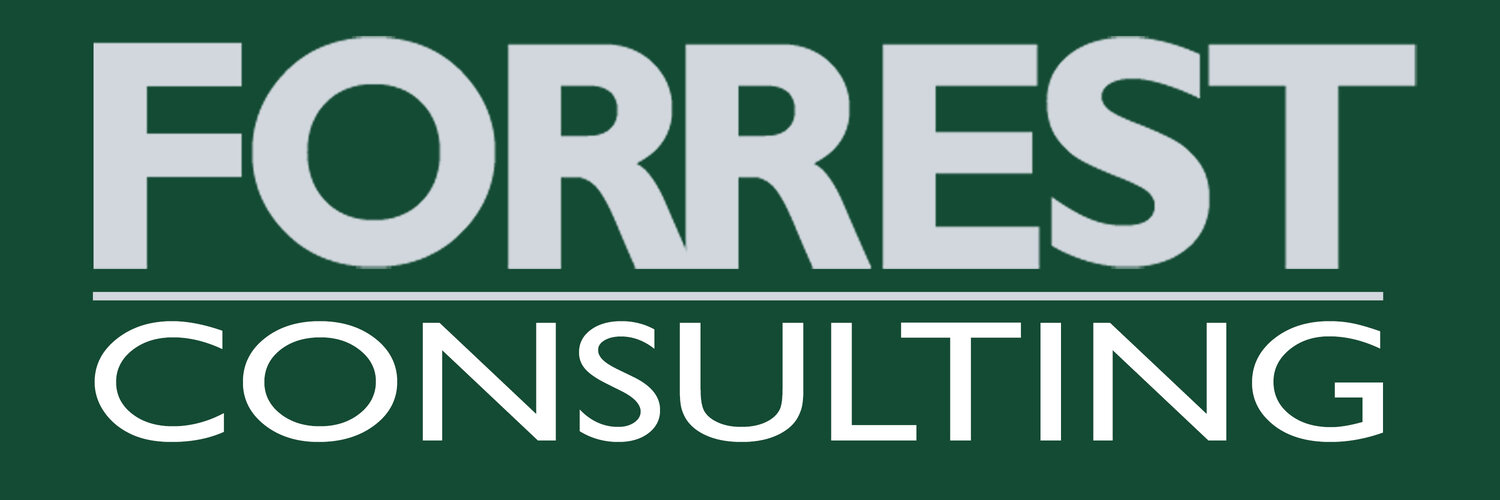Is excellence - or failure - ahead? Answer five questions to know
There’s a difference between a so-so business and a superior business.
I have been involved with businesses of both ilks.
My first employer out of business school was a financial trade association that excelled at member service, had a highly effective Washington, DC, governmental relations department, published an award winning banking magazine (which I edited), and had a deep staff of experts on various aspects of banking and the economy. Management was forward thinking, savvy, and highly supportive of the people in the organization. The financials were strong, the culture was very positive and welcoming, people were developed and promoted, and the byword was excellence.
Contrast that with a later client, for whom I was brought in on a rescue mission. The long-time publishing and more recent information services company was losing an increasing amount money on its main product, which was woefully outdated. Worse yet, management either did not see this or ignored it until the Board insisted that the problem be addressed. The key executives were ill-equipped to do what they needed to do to turn the company around. In fact, one member of the C-Suite was running his law practice out of his company office. The workplace looked as though it came out the 1950s. The culture was weak if not dysfunctional. Change was slow and halting.
Of course we all would prefer to be involved with a business more like the former, one that is excellent, rather than the later, one that is in shambles, heading for failure.
As a strategist who has worked on improving businesses of all stripes over five decades, I am happy to offer my prescription of what to focus on to take a business to the next level, to move toward excellence, rather than toward mediocracy or even failure.
I propose asking the following five overarching questions, using the detailed probes suggested under each question - and more - as part of an organizational assessment. When we work with clients using our Fast Track Strategic Planning System, asking these questions happens in the annual assessment of strategic plan implementation, from which flows any needed changes in strategies and a reset of the implementation work plan for the next 12 months.
Ask, do we have the right people?
"Great things in business are never done by one person. They're done by a team of people" – Steve Jobs
Leaders. Whomever the leaders are, are they effective? Leadership is the foundation. Without good leaders, the organization tends to drift and decay.
Right framework. Do your organizational structure and business model fit the organization’s strategies? The strategic plan should dictate the business model - how you create and capture value - and the organizational structure - how you deploy and connect people for the best outcomes.
Right people. Are the right people in the right seats? Get the people needed, nurture the organizational culture, promote and measure performance, and continually seek and offer feedback.
Wrong people. Are you keeping the wrong people? Make the tough decisions, for their sake and the organization’s. As a long-ago boss drilled into me, dysfunctional employees are akin to a cancer in the organization. They can ruin an otherwise good organization. For the organization’s sake - and theirs - remove them from the roster.
Ask, do we have right strategies?
"The greatest danger for most of us is not that our aim is too high and we miss it, but that it is too low and we reach it." - Michelangelo
Vision. Are your strategies moving the organization to your vision?
Plan of action. Do they focus the organization on an intentional plan of action?
Organizational needs. Do they address significant organizational needs?
Results. Do they achieve results?
Challenging. Do they challenge the organization to perform at higher levels and in new ways?
Understandable. Are they easily understood?
Measurable. Can they be monitored and assessed?
Timely. Can they be achieved within the time frame?
Directional. Do they dictate what you will not do?
Evolving. Do you engage in strategic foresight, keeping track of broader change that may call for adapting your strategies (with a prime example being AI).
Appropriate. Do strategies need to change because a) goals have been achieved or changed, b) customer needs have evolved, c) innovation has changed the market, d) competitors have changed the perception of value, or e) the organization’s capabilities have grown or declined?
Ask, do we have the right customers?
“The purpose of a business is to create a customer.” - Peter Drucker
Target. Does the organization know who it wants as customers? Have you created a customer avatar (a detailed profile of the ideal customer, a character with a name, specific demographics, and a backstory, with identified pain points, challenges, goals, wants, and needs) - or multiple avatars if you are targeting different types of customers?
Messaging. Do you have effective brand messaging to attract the right customers?
Differentiation. Are the organization and its offerings differentiated, most attractive to the customers you seek?
Engaged, active, and loyal. Do you have low customer churn? Do your customers have a high repeat purchase rate? Are a high percentage of your customers loyal? Do your customers have high lifetime value?
Competitive insight. Do you know and track your competition?
Business development process. Do you have a healthy sales pipeline? Is your customer conversion rate high? Are you getting good leads from your channels? Is your customer conversion time acceptable? Is customer acquisition cost low versus lifetime customer value?
Ask, are our finances healthy?
“When prosperity comes, do not use all of it.” - Confucius
Viable. Are you solvent and sustainable?
Liquid. Do you have sufficient cash? Are your customers paying on a timely basis?
Growing. Is your revenue growing?
Controlled. Are you controlling costs? Are your expenses growing slower than revenue? Are you managing inventory well?
Current. Are you paying your bills on a timely basis?
Profitable. Are you profitable? Are you as profitable as leaders in your industry? Are your various services/products adding to the bottom line?
Independent. Is your debt level appropriate and sustainable? Are interest rates on debt appropriate?
Strong. Are reserves growing? Are your investments appropriate? Are you reinvesting in the business?
Getting paid. If you are the owner, are you getting paid?
Ask, are we executing well?
“Failure usually comes at the end. If people paid as much attention to the end as they do to the beginning, then failure would come less often” – Lao Tzu
Targets. Are decision parameters and performance targets clear?
Measurement. Do you have a system to measure progress?
Information. Does information flow to those who need it?
Efficient and Effective. Do you focus on effectiveness and efficiency?
Quality. Do you seek continuous process improvement?
Best practices. Do you know the best practices in your industry and use them as appropriate?
Benchmarking. Do you benchmark against others?
No loss. Do you have a zero-loss mindset?
Engagement. Do you aim for 100% people engagement?
Value. Are you focused on value creation?
People. Are you developing your people – of all types?
Agility. Are you fast, flexible, virtual, and lean?
Data. Do you manage data well and work to keep it secure?
Learn and adapt
“Intelligence is the ability to adapt to change.” – Stephen Hawking
The results of an assessment using the questions posed will likely result in disquieting conclusions that demand that the organization change. Don’t shy away from asking the questions and addressing the needed change. Otherwise, rather than achieving excellence, your organization may slide into irrelevance and even failure.
“Change almost never fails because it’s too early. It almost always fails because it’s too late.” – Seth Godin

